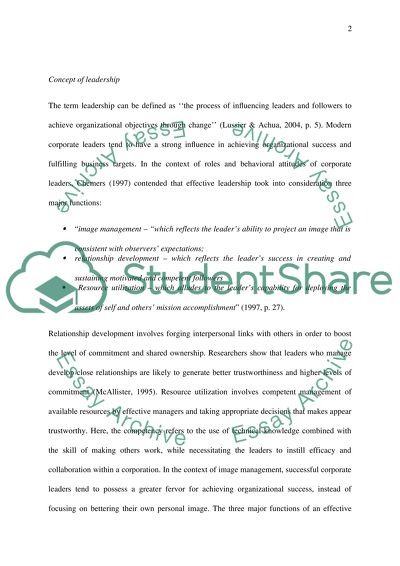Cite this document
(Leadership: Trustworthiness and Ethical Stewardship Coursework, n.d.)
Leadership: Trustworthiness and Ethical Stewardship Coursework. Retrieved from https://studentshare.org/human-resources/1456538-leadership-trustworthiness-and-ethical-stewardship
Leadership: Trustworthiness and Ethical Stewardship Coursework. Retrieved from https://studentshare.org/human-resources/1456538-leadership-trustworthiness-and-ethical-stewardship
(Leadership: Trustworthiness and Ethical Stewardship Coursework)
Leadership: Trustworthiness and Ethical Stewardship Coursework. https://studentshare.org/human-resources/1456538-leadership-trustworthiness-and-ethical-stewardship.
Leadership: Trustworthiness and Ethical Stewardship Coursework. https://studentshare.org/human-resources/1456538-leadership-trustworthiness-and-ethical-stewardship.
“Leadership: Trustworthiness and Ethical Stewardship Coursework”, n.d. https://studentshare.org/human-resources/1456538-leadership-trustworthiness-and-ethical-stewardship.


